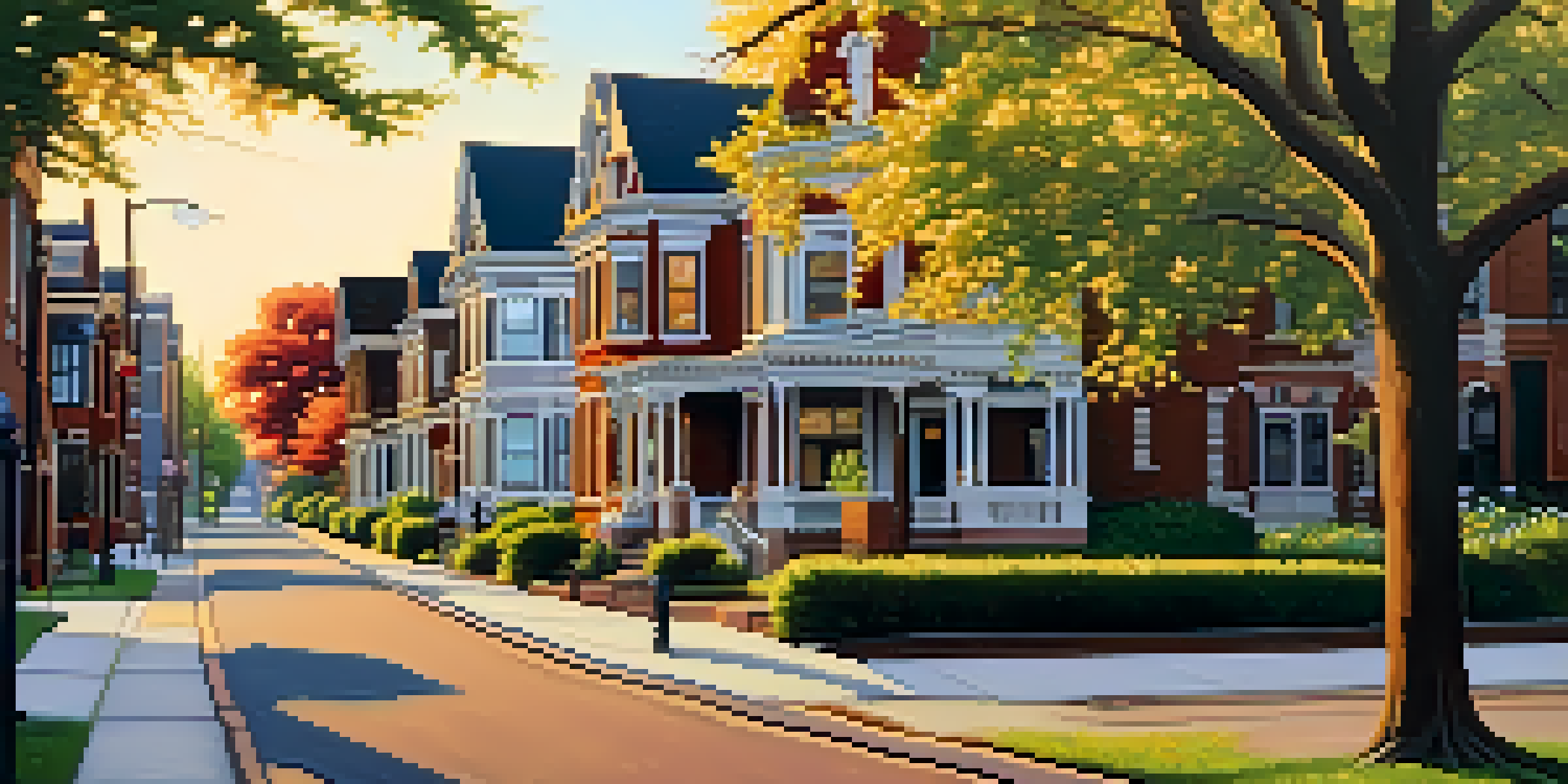Buffalo's Historic Districts: Legacy of Urban Planning

Introduction to Buffalo's Historic Districts
Buffalo, New York, is a city rich in history, with historic districts that tell the story of its urban evolution. From the grandeur of its architecture to the cultural narratives woven into its streets, these districts are a testament to thoughtful urban planning. As you stroll through neighborhoods like Allentown and the Fruit Belt, you can feel the pulse of history in every brick and building. Let's dive into what makes these areas so significant and how they reflect the legacy of urban planning in Buffalo.
The Role of Urban Planning in Buffalo's Development
Urban planning in Buffalo has played a crucial role in shaping the city's landscape. The city's planners envisioned a harmonious blend of residential, commercial, and public spaces, which can be seen in its historic districts. For instance, the Olmsted Parks system exemplifies how green spaces can enhance urban living, creating a balance between nature and development. This thoughtful approach has left a lasting legacy, influencing how Buffalo grows and evolves.
Historic Districts Reflect Urban Legacy
Buffalo's historic districts showcase the city's rich architectural diversity and thoughtful urban planning, highlighting its evolution over time.
Architectural Diversity in Historic Districts
One of the most striking features of Buffalo's historic districts is their architectural diversity. From Victorian mansions to Art Deco buildings, the variety reflects different eras and styles, telling a visual story of the city’s growth. Each structure has its own character, adding to the unique charm of neighborhoods like the Elmwood Village. This eclectic mix not only highlights Buffalo’s rich history but also showcases the creativity of its architects and builders.
Cultural Impact of Historic Districts
Buffalo's historic districts are not just about buildings; they are vibrant cultural hubs. These areas host a variety of events, galleries, and performances, making them focal points for community engagement. For example, the Allentown Art Festival transforms the neighborhood into a lively showcase of local talent every summer. This cultural vibrancy reinforces the importance of preserving these districts, ensuring that they continue to be a source of pride for residents and visitors alike.
Cultural Hubs Enhance Community Pride
These districts serve as vibrant cultural centers that host events and promote local talent, fostering community engagement and pride.
Challenges Facing Historic Preservation
Despite their significance, Buffalo's historic districts face several challenges. Issues like urban sprawl, neglect, and changing demographics can threaten the preservation of these areas. As developers look to utilize land for new projects, the balance between growth and preservation becomes increasingly delicate. Community efforts and advocacy are essential in addressing these challenges, ensuring that the rich history of Buffalo is not lost to modernization.
Community Engagement in Preservation Efforts
Community engagement is vital in the preservation of Buffalo's historic districts. Local organizations and residents often come together to advocate for the protection of their neighborhoods. This grassroots involvement not only raises awareness but also fosters a sense of ownership among community members. By participating in preservation initiatives, residents can influence decisions that impact their living spaces, ensuring that the character and history of the districts are respected.
Challenges in Preserving History
Despite their significance, Buffalo's historic districts face challenges from urban sprawl and development pressures, making preservation efforts crucial.
Future of Buffalo's Historic Districts
Looking ahead, the future of Buffalo's historic districts is intertwined with the city’s broader urban planning strategies. As Buffalo continues to evolve, there is an opportunity to integrate modern needs while honoring historical significance. Initiatives that focus on sustainability and adaptive reuse of historic buildings can breathe new life into these areas. By embracing innovative approaches, Buffalo can preserve its heritage while accommodating growth and change.
Conclusion: The Legacy of Buffalo's Historic Districts
In conclusion, Buffalo's historic districts represent a rich tapestry of urban planning, architecture, and culture. They serve as a reminder of the city’s past while providing a framework for its future. By valuing and preserving these areas, Buffalo can maintain its unique identity amidst the pressures of modernization. As we explore these neighborhoods, we not only celebrate their history but also commit to protecting their legacy for generations to come.